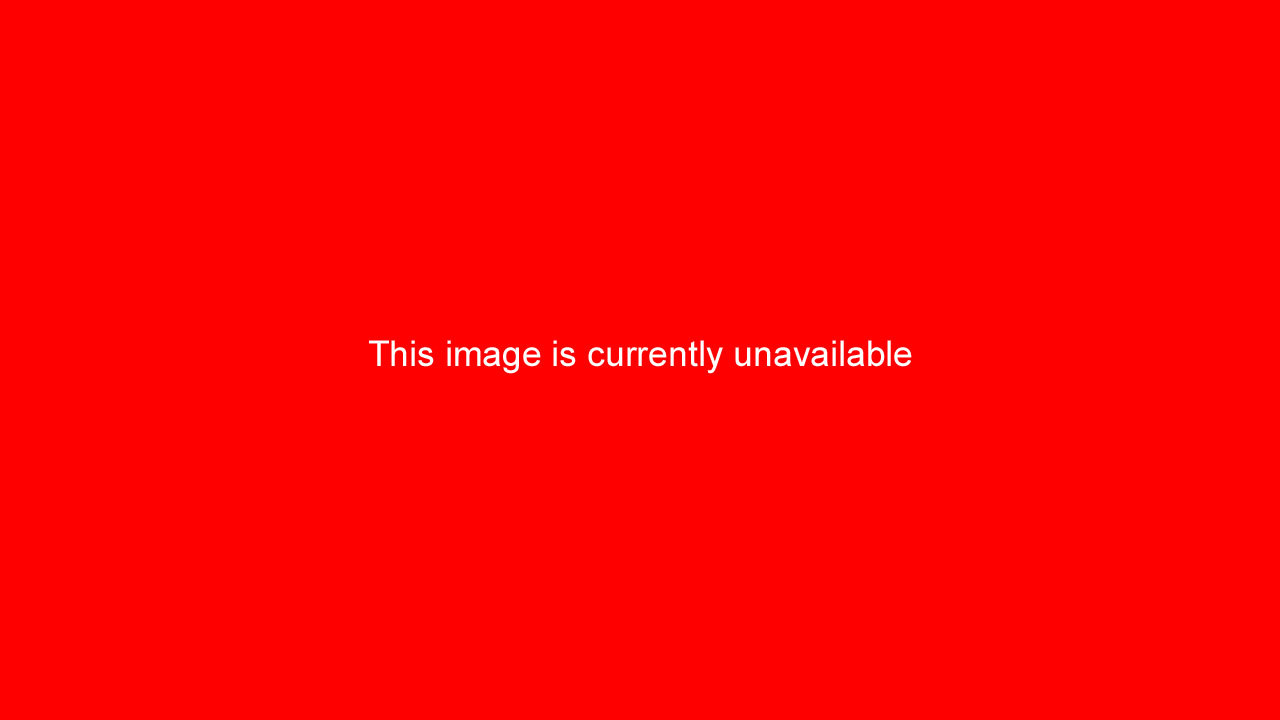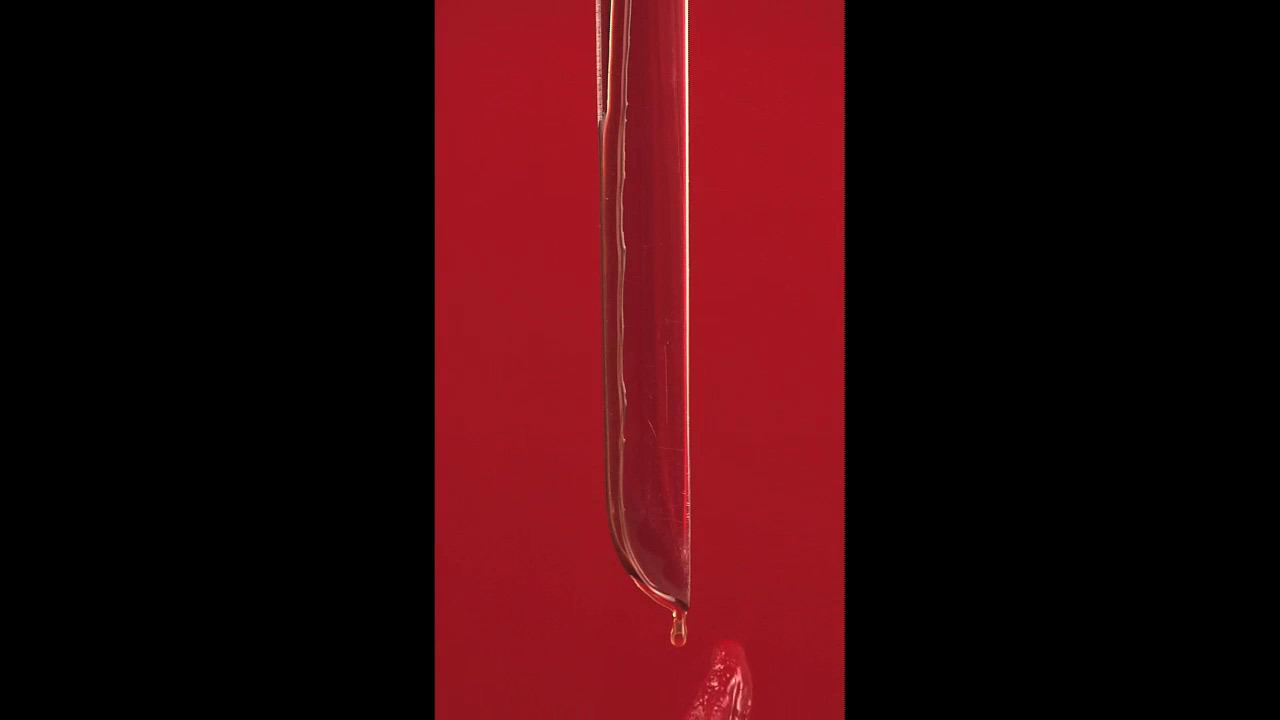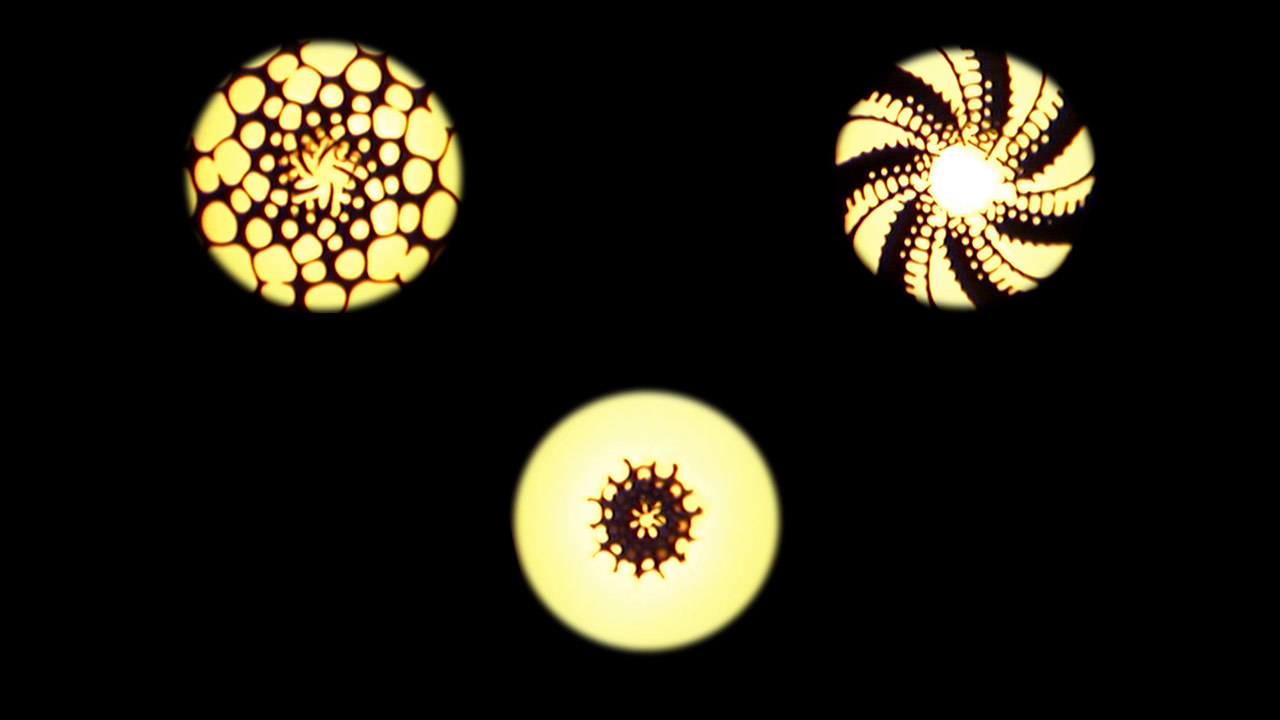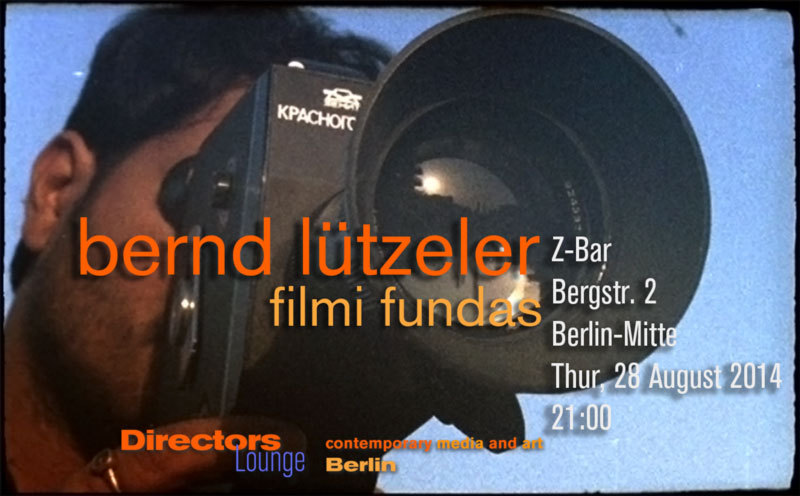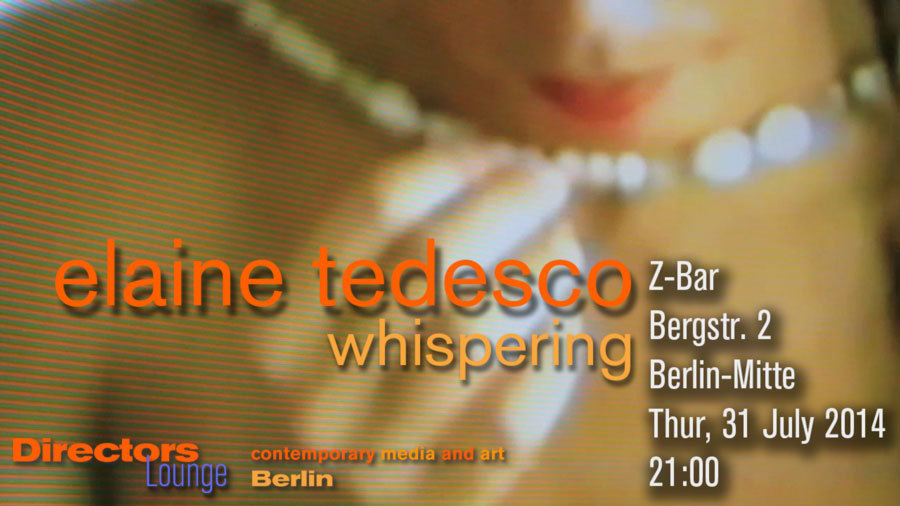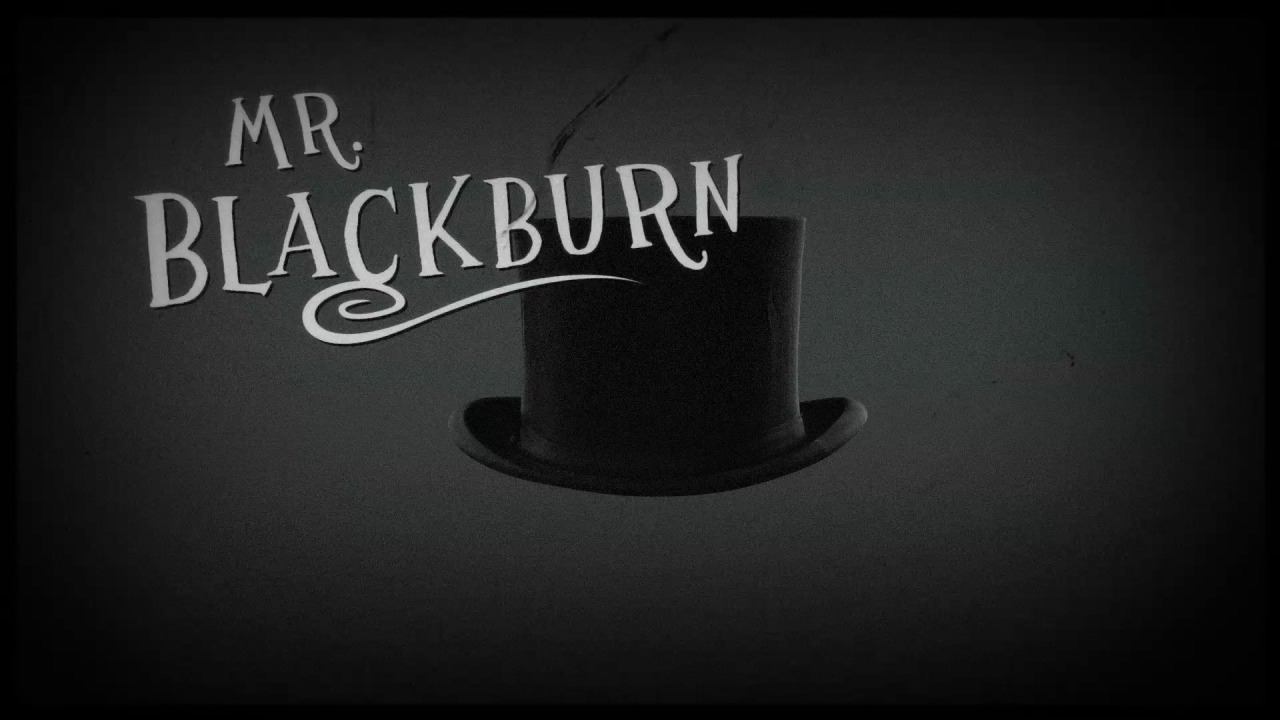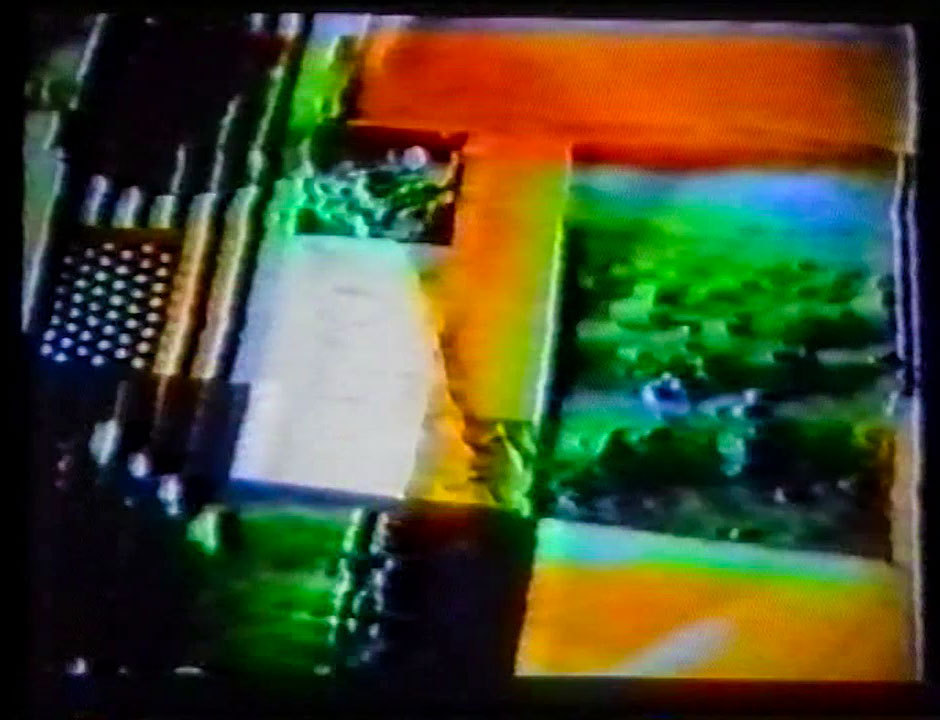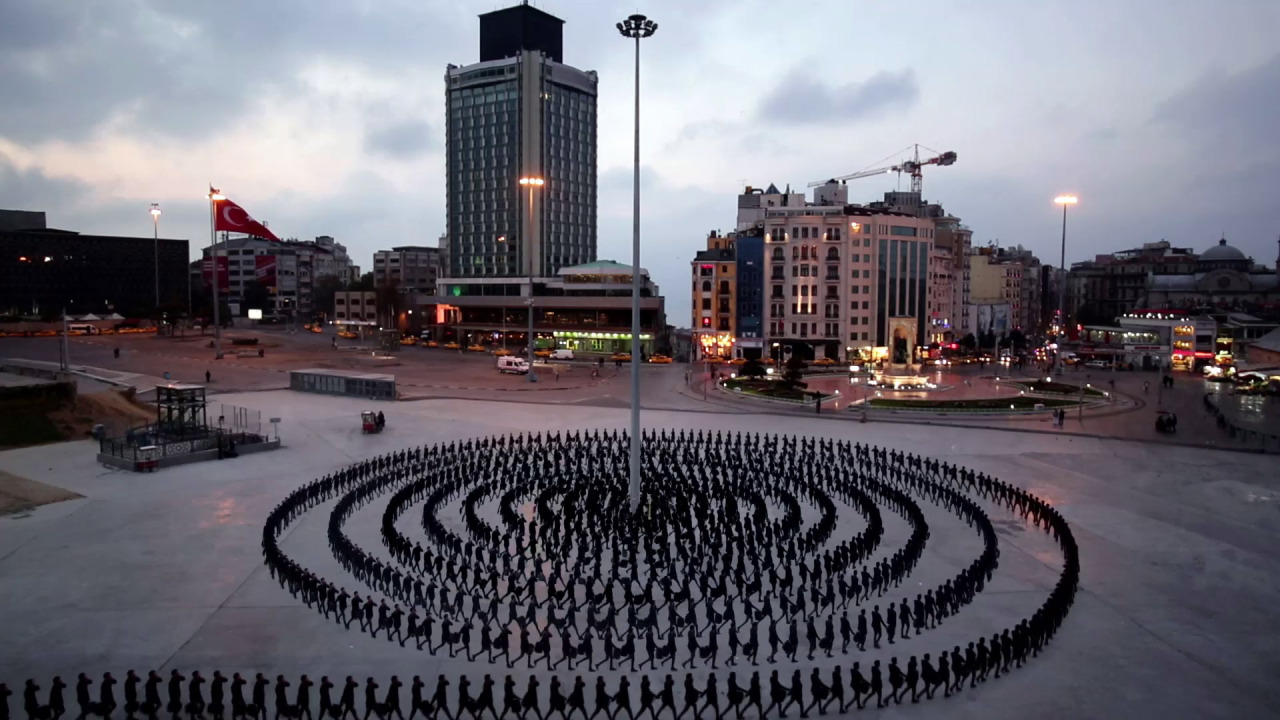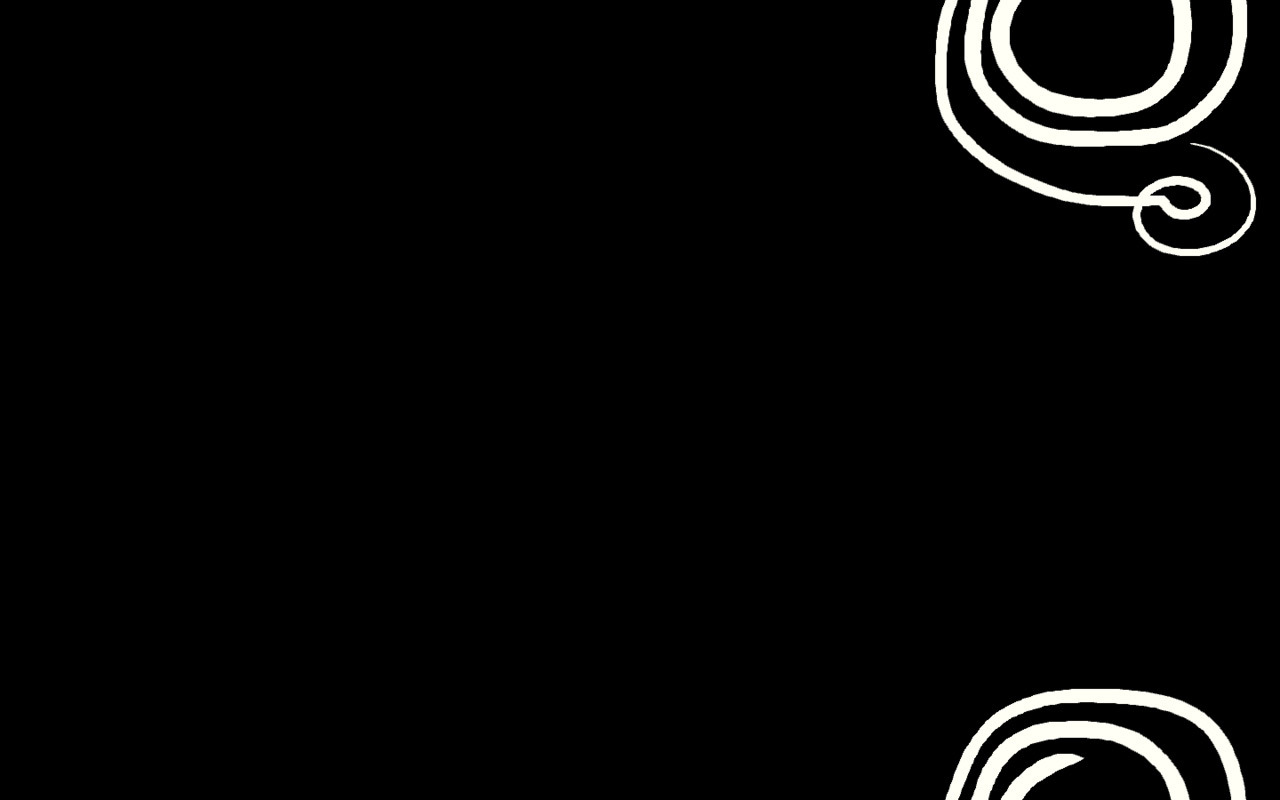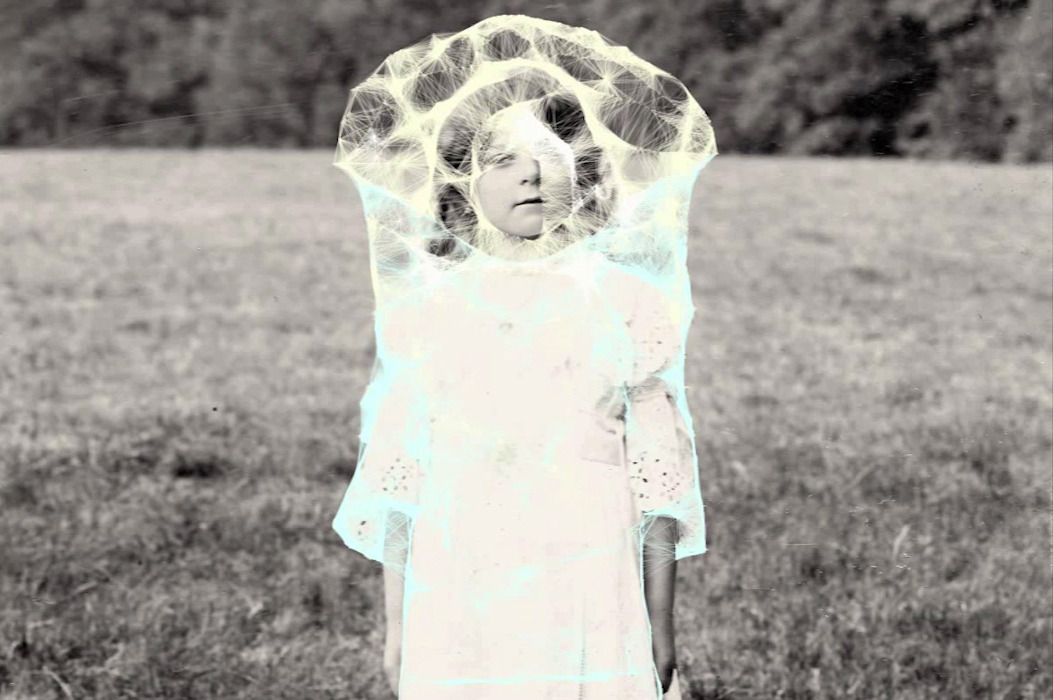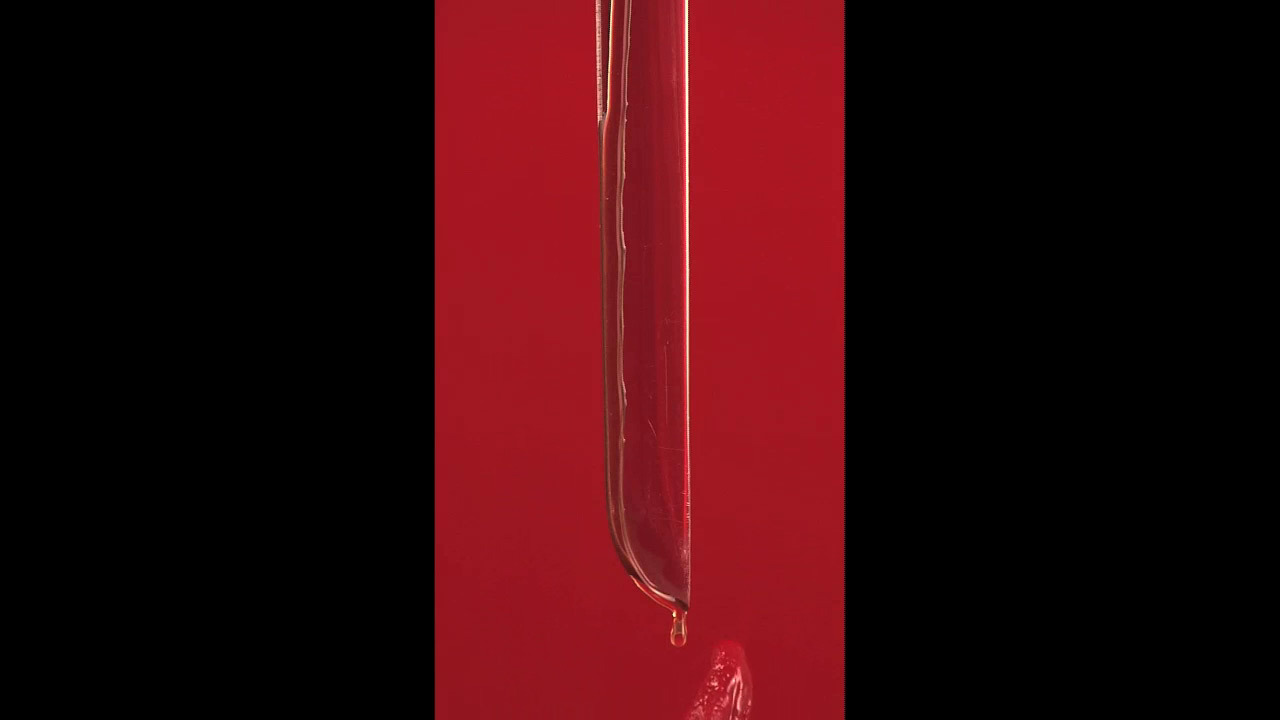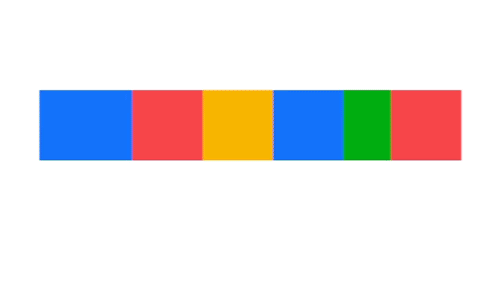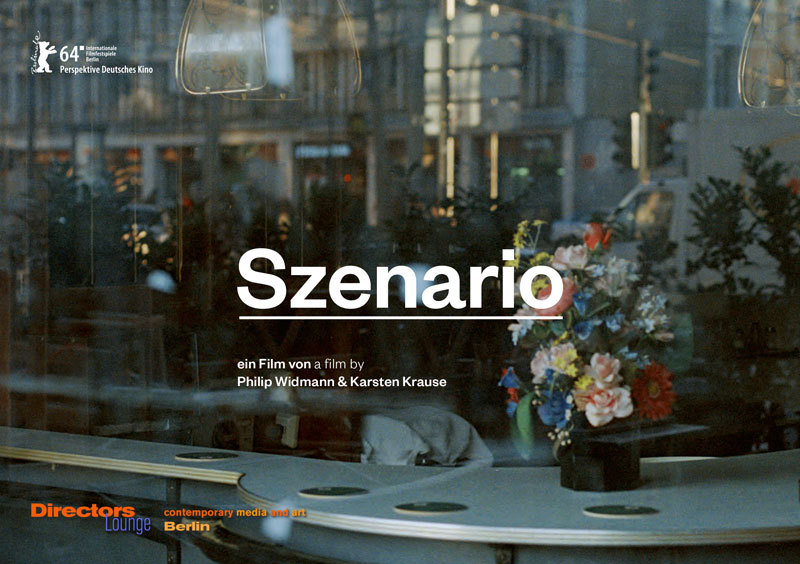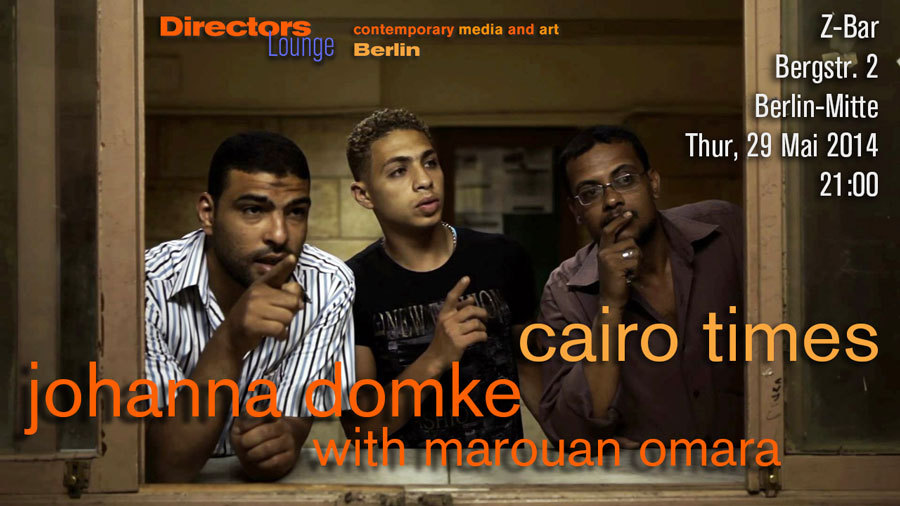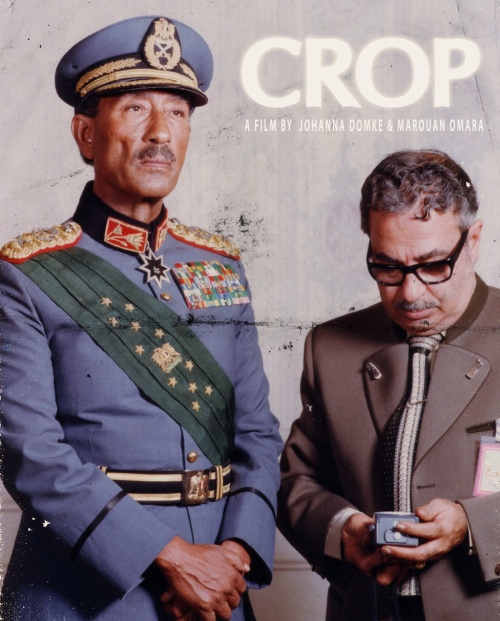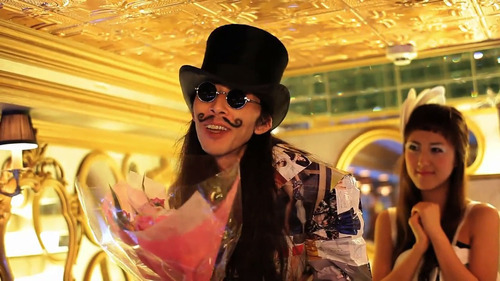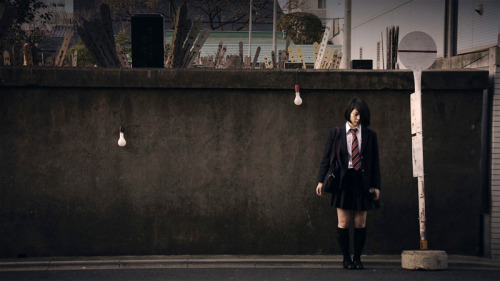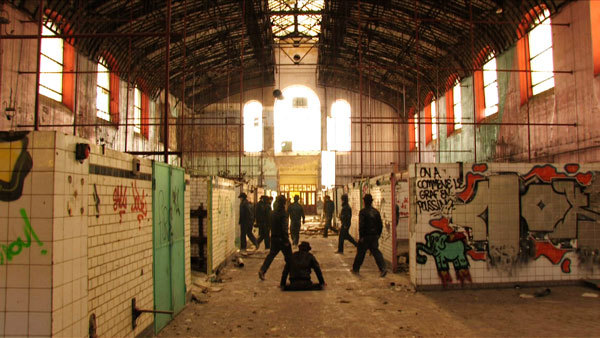For the fourth year running, Directors Lounge answers the call to make its unique contribution to an exploration of the essence of Japan at the highly popular Düsseldorf festival called Japan Day, the largest of its kind worldwide.
Amidst an impressive presentation of cuisine and lectures, DL will attend to an audio-visual sally into Japan’s cultural being in the form of film art, as presenters in the Black Box cinema of the Filmmuseum. Not simply a sushi of well-worn superficialities, but a series of onscreen dives into the Japanese collective soul, cutting off distracting excess with the efficiency of a kaiken dagger.
Among these flickering outings will be Tetsuya Tomina’s “At The Last Stop Called Ghost Chimney,” an unsettling ride into an ominously persistent past in the form of four thermal power plant chimneys long gone but still present… to some eyes. Here, subtext rides along with three passengers whose manner and movement within darkened, compositionally stark spaces evokes the aesthetics of Manga as well as the masked formality of Noh. But this is just one of many; more awaits the avid Japanophile, conveniently closer than the distant isles themselves. Far Japan, not far at all. Directors Lounge is the Bullet Train to take you there.
With films by Julia Kim Smith, Pedro Collantes, Rebecca Culverhouse, Akinori Okada and Daisuke Hagiwara, AUJIK, Simon Lereng Wilmont, Masanobu Hiraoka,Tetsuya Tomina ; curated by Julia Murakami and André Werner

Location:
Directors Lounge at the Black Box Cinema,
Schulstr. 4, 40213 Duesseldorf (map)
17 May 2014, 8 pm
Don’t miss the fireworks afterwards!
The program:
Julia Kim Smith 99 Luftballons 2 min 2s 2014
Pedro Collantes ES/NL/JP Serori 15 min 20s 2014
There is always a first time for everything, even for celery.
http://mizunonaka.com/serori
AUJIK SE/JP anxOxna 4 min 55s 2014
Trees structured as a neural network
Axon and Dendrites-branches connecting through multiple forms of synapses. Individually programmed receptors. Flexible synthetic neurotransmitters. Axon terminal with receptive chaos outcome .
Post synaptic density calibrated through external sentient impacts.
A pan-computational AI-system.
http://www.aujik.com
Simon Lereng Wilmont DK Chikara – The Sumo Wrestlers Son 32 min 20s 2013
The film follows the 10-year-old Japanese boy Chikara and his struggle to become a sumo wrestler. His father, Harumitsu, was a professional sumo wrestler from one of Tokyo’s most successful sumo club, so expectations surrounding Chikara are extremely high. Today his father owns a noodle shop where he works a lot. Their only time together is when they train Sumo wrestling. It’s a very valuable time for Chikara. Chikara wants to impress his father, but when he’s there Chikara get’s really nervous and everything seems to go wrong. The annual national Sumo Championship is approaching and it means everything to Chikara to do well, so his father will be proud of him.
Rebecca Culverhouse Kichigai 28 min 52s (pictured)
In a city that never sleeps, the party never dies…. KICHIGAI is the semi autobiographical story of a real night out – or to be more precise, a blur of surreal nights out in Tokyo, mixed together with a cast of crazy characters and manga style subtitles.
Akinori Okada and Daisuke Hagiwara JP Yaoyoro´s 3 min 45s
Some Japanese believe in an ancient philosophy called Animism (Yaoyorozu), which basically states that everyday objects have their own life stories. We have created frame animations (root: anima, meaning “life”) based on our interpretation of those stories. 八百万の神に感謝!
http://yaoyoros.com
Masanobu Hiraoka JP Land 3 min 41s 2013
Abstraction and metamorphoses
Tetsuya Tomina At the Last Stop called Ghost Chimney 19 min 16s 2013 (pictured)
To spend more time with the bus driver she always liked, on the last day of school, a girl rides to the last stop called Ghost Chimney. Depending on the angle, it is looked one chimney or four chimneys. The girl and the bus driver dream of a world beyond the last stop… http://tetsuyatominafilm.com/
